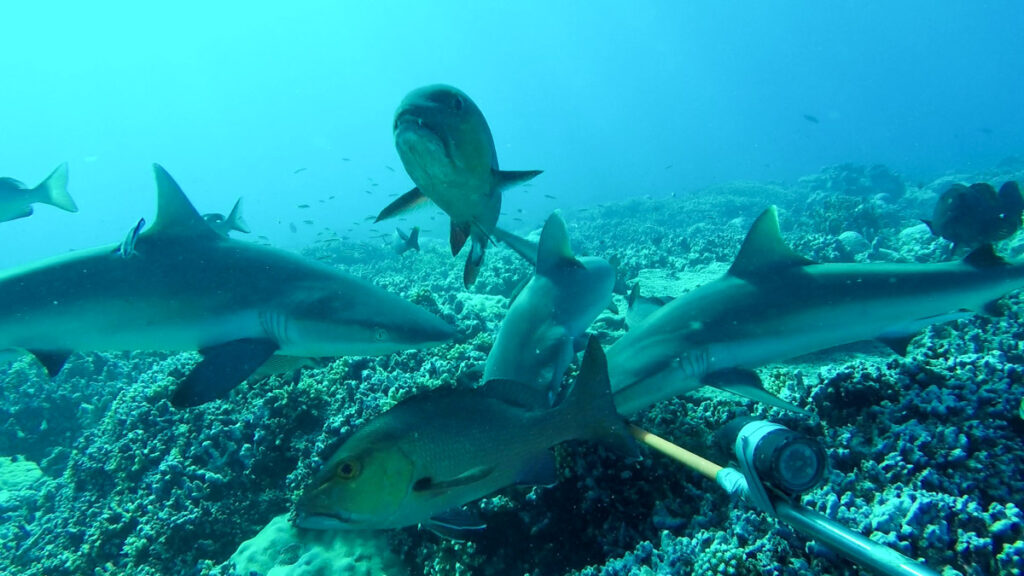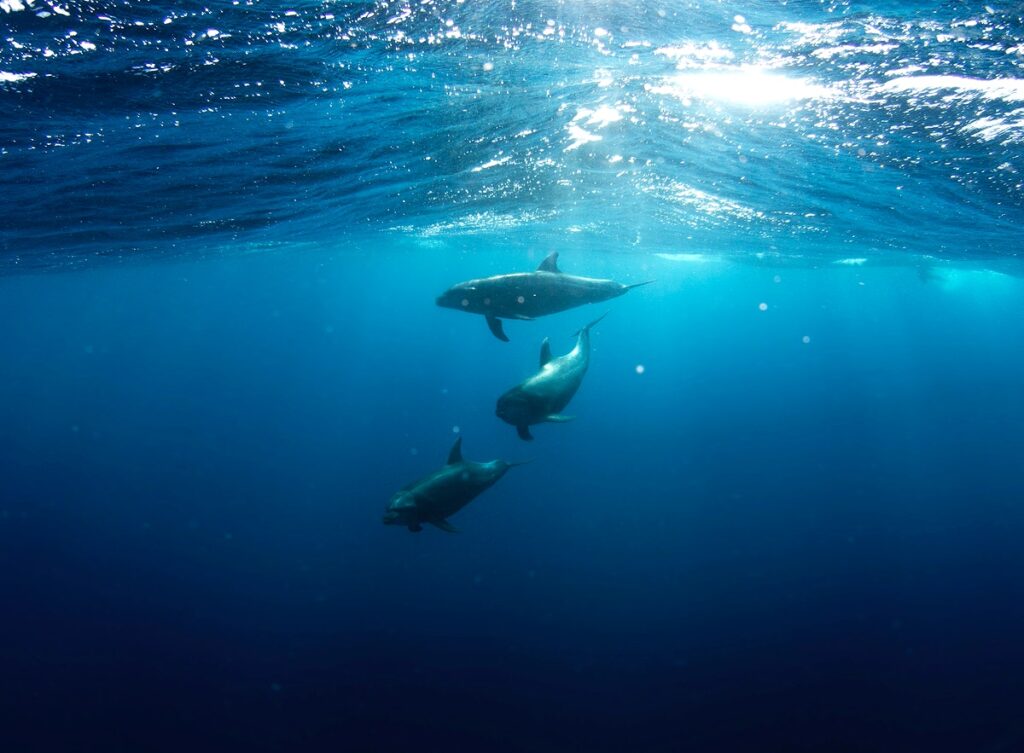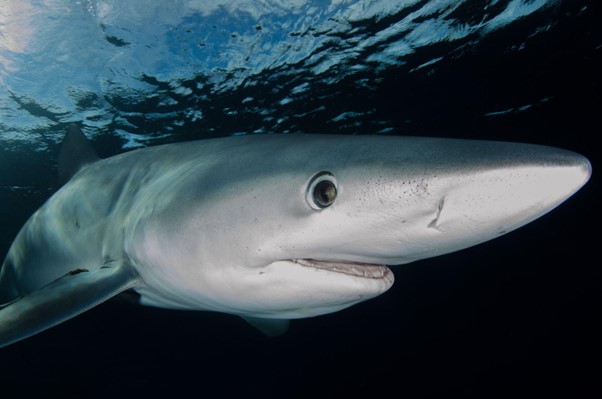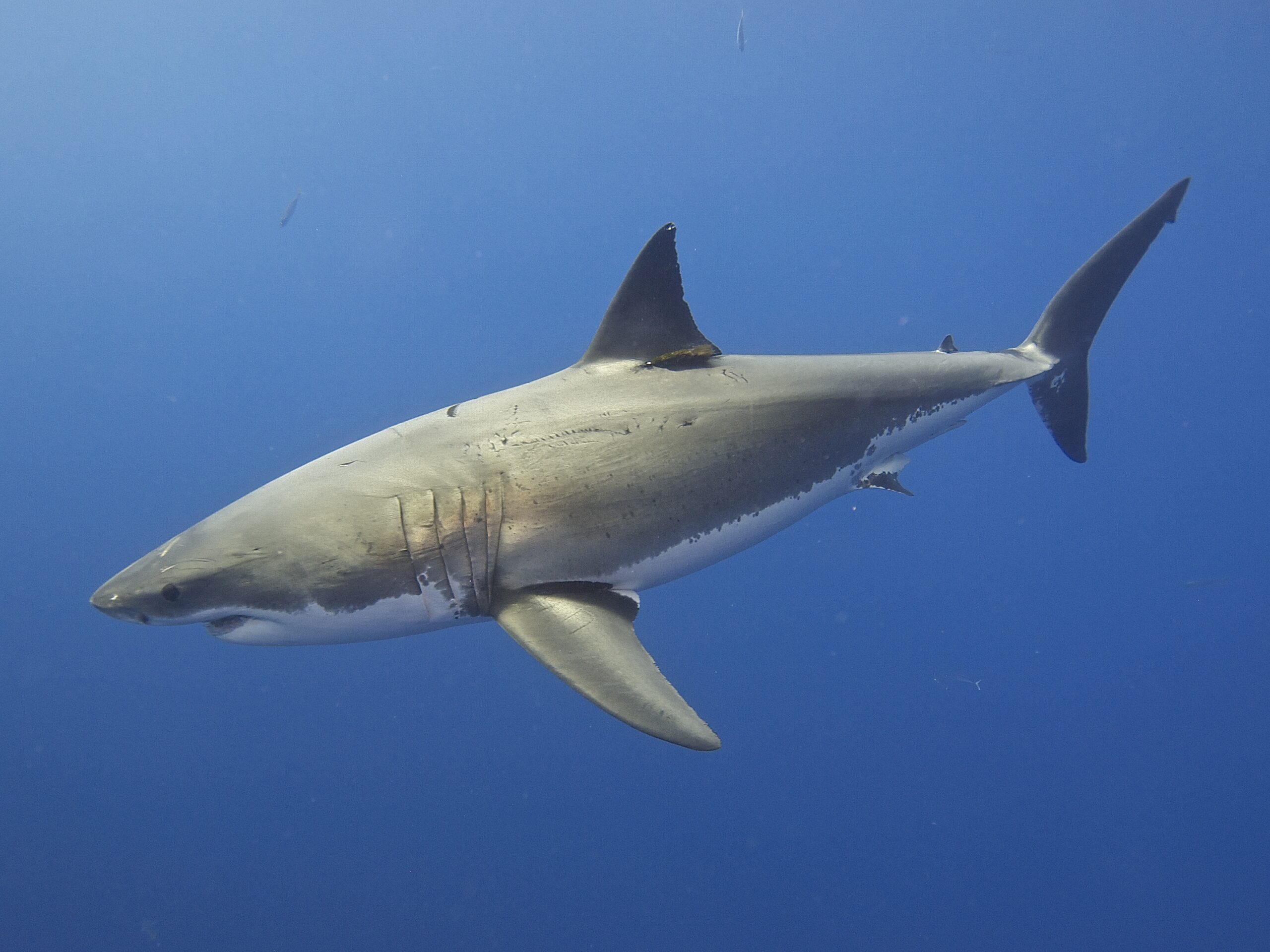Sharks are some of the fascinating creatures of the ocean. From their unique anatomy to their hunting behavior, they are quite different from other fish. But how do they manage to stay afloat?
The key to understanding how sharks maintain buoyancy is to look at a shark’s body. There are a number of differences between sharks and bony fish. Bony fish rely on their swim bladder to keep them afloat. The swim bladder is an organ that is filled with gas and helps bony fish maintain their buoyancy. This specialized organ lets bony fish stay at their current position in the water without having to use their energy for swimming. The swim bladder, however, is absent in sharks and other cartilaginous fish. So, how do sharks maintain buoyancy?
Buoyancy when it comes to sharks is not as simple as bony fish. Sharks have some specialized methods through which they maintain their buoyancy and keep at one level in the water column. These methods include physical adaptations and a specialized organ that have their pros and cons when compared to the swim bladders of bony fish. In this article, we will be looking at how these things help sharks maintain their buoyancy.
Oily liver
One of the things that make sharks maintain their buoyancy is their oily liver. Sharks have different livers when compared to other animals. These oily livers make up a huge portion of their body weight and do so much more than just aiding in digestion.
Sharks that live close to the ocean floor have smaller livers allowing them to stay at the lower level. On the other hand, sharks that roam openly in larger areas of water have significantly bigger livers, sometimes making up to 25% of their body weight. The livers of these sharks take up the most space in their body cavity, making them able to move in the waters freely.
Since the sharks have a body naturally heavier than water without possessing an organ such as the swim bladder to fill it with gas, they rely on their oily livers to keep them buoyant. The liver of a shark has a specific gravity of 0.855 and a low density. This makes it the most suitable material to aid the sharks in maintaining their buoyancy since it is lighter than water.
Moreover, the organ is filled with oil which lightens the body of the shark, providing buoyancy as a result. This makes sure that the shark doesn’t sink. Since sharks have to continuously push water behind their gills to keep breathing, buoyancy is the key to always moving around in the waters, so they stay off the ocean floor.
As there have been more studies about sharks in recent years, scientists have found the liver oil of sharks to be extremely helpful in making medicines. According to WebMD, The liver oil known as squalene is used especially in cancer drugs to treat leukemia and other types of cancer. But since it gave rise to the hunting of sharks for this sole purpose, the practice has been somewhat diminished, alternatively extracting squalene from vegetable oils to keep sharks from being endangered.
The use of pectoral fins
In addition to oily livers, their pectoral fins also help them in ensuring buoyancy. Sharks use a method known as “dynamic lift.” This dynamic lift is achieved when the sharks use their pectoral fins to create a kind of a lift underneath them. Just like a bird flaps its wings to stay in the air, the sharks use their pectoral fins to stay buoyant in the water.
The caudal fin helps the sharks in moving in a forward direction. It gives the shark a thrust in the forward direction to keep moving continuously. When this forward thrust combines with the upward thrust created by the pectoral fins of the shark, the shark can create the “dynamic lift”, as mentioned above. This also helps the sharks maintain buoyancy.
Cartilage
Since sharks do not have a calcified skeleton, they have cartilage instead of bones. Cartilage is much lighter than bone, which helps sharks maintain their buoyancy. It prevents the sharks from sinking downwards into the waters. As a matter of fact, bone is about twice as heavy as cartilage. So, sharks have an advantage in this area over bony fish, who have to depend on their swim bladder to keep them afloat.
The complete exclusion of bone and the presence of cartilage help in making the shark lighter, which ultimately makes them buoyant. As a result, the shark becomes more agile, preventing itself from sinking because of its own weight.
Conclusion
The shark is the apex predator in waters and is built for swimming and hunting prey in both slow and fast spurts. The ability of a shark to stay buoyant is extremely important when looking at its hunting and survival habits. Buoyancy is a part of what makes the sharks so great. As we have seen, sharks have a number of specialized processes in their internal and external organs that help keep them afloat, the oily liver being the major constituent of their body for helping to stay buoyant.







